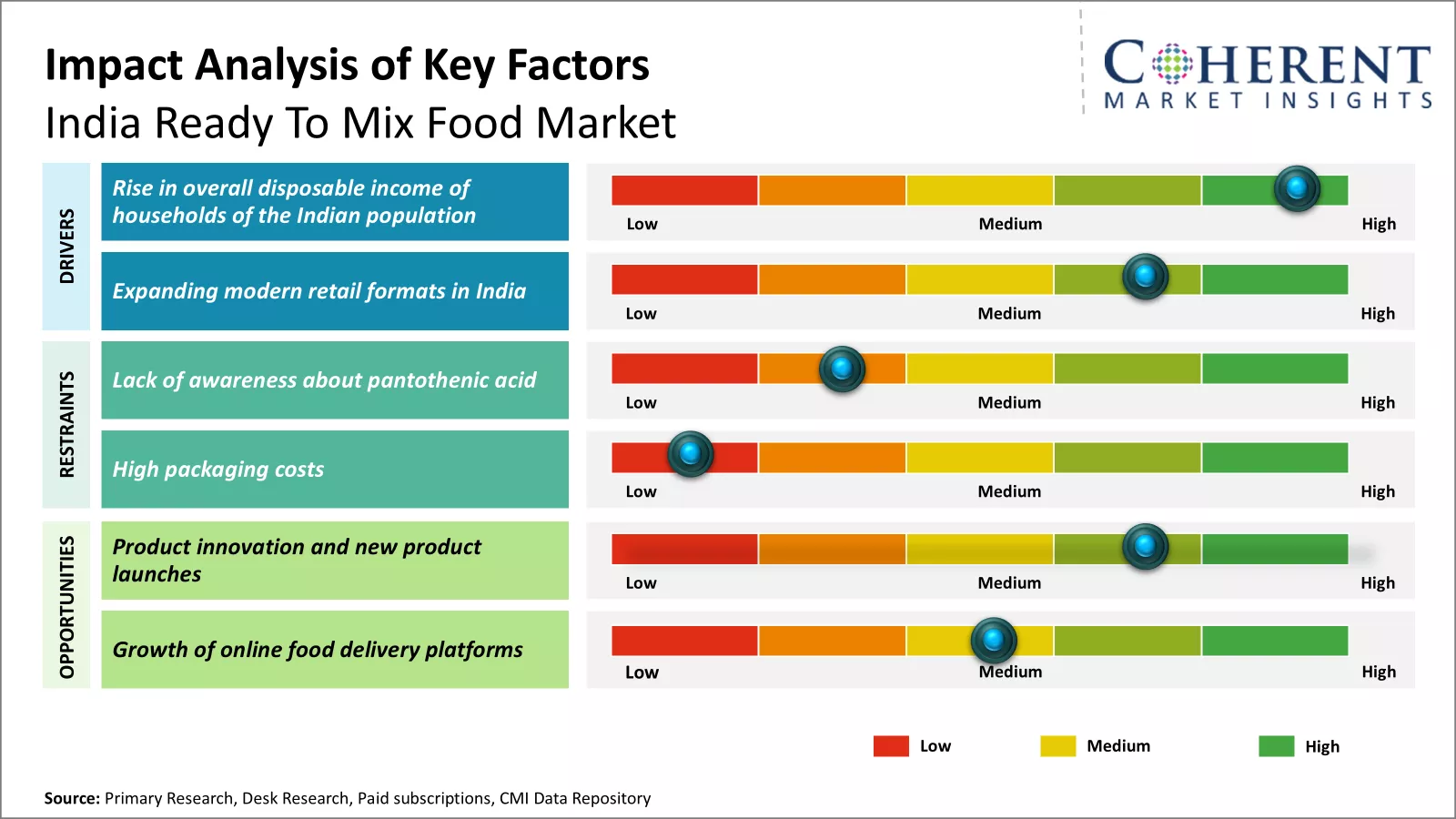The India ready to mix food market is estimated to be valued at USD 491.3 Mn in 2025 and is expected to reach USD 1,466.5 Mn by 2032, exhibiting a compound annual growth rate (CAGR) of 16.9% from 2025 to 2032. The market has been growing rapidly over the past few years due to rising income levels and changing lifestyles in India.

To learn more about this report, Request sample copy
India ready to mix food market in is expected to witness significant growth driven by increasing number of working women, changing food habits, and rising disposable income are expected to drive the sales of ready to mix food in India. Growing urbanization and nuclear families have further boosted the demand for convenient packaged foods like ready to mix foods and beverages in India.
Joining thousands of companies around the world committed to making the Excellent Business Solutions.
View All Our Clients